A History of Coffee and Creativity
Emilio Lavazza’s extraordinary life came to an end on February 17 at the age of 78. It is not enough to remember him as one of great Italian entrepreneurs who made Italian coffee famous all over the world. His long journey is also inextricably linked to important periods in Italy’s economic, artistic, and socio-cultural history.
Indeed Emilio Lavazza has always acted with the courage and passion of great men who not only know how to make a profit, but also know how to speak to the heart of the people. You will not find an Italian of any generation who cannot talk about Lavazza as well as the well-known one-liners and characters that have made it famous over the course of a lifetime.
It takes talent to capture the imagination and change the mentality of a people, and it takes great humility to resist the temptations of the stock exchange and enticing proposals by large foreign organizations. Signore Lavazza believed in community.
He was the grandson of Luigi Lavazza, who in 1895 founded the company and began producing coffee in a small grocery store on Via San Tommaso in Turin. Today, this little grocery store has become the absolute leader in coffee roasting in Italy with a market share of 47%, foreign subsidiaries in France, Spain, the United Kingdom, Germany, Austria, the U.S., Brazil, and India, distribution in 90 countries worldwide, and sales totaling over one billion Euro per year. Everything has always been managed by the able hands of the Lavazza family, which today is overseen by the fourth generation of entrepreneurs.
There are only a few names in Italy that the general public equates with a particular product line, names that are backed by strong and legendary dynasties. Lavazza, Barilla, Benetton, and Ferrero are some of these international “brands” that are run as family enterprises.
Emilio Lavazza entered the coffee business at the age of 23. Three years later in 1958, he began a historic partnership with fellow Turin native Armando Testa, the brilliant and famous advertising genius. Their first ad campaign promoted Paulista, coffee which was pre-ground and vacuum packed in cans.
Despite the initial mistrust as often happens with revolutionary inventions, the advertising and packaging innovations opened the door to an audience that would increasingly seek out the brand. The economic boom years, consumerism, and market growth followed, along with the first television sets, around which families and neighbors would regularly gather. Only a few families could, in fact, afford them and these privileged living rooms were frequently filled with family and friends.
Adults waited to watch quiz shows or performances with their favorite singers while children excitedly anticipated new commercials before going to bed. The legendary Carosello spot comes to mind, which aired immediately after the evening news. “After Carosello, off to bed” was a familiar refrain to children. What we can define as the “seed” of the television commercial was born in Italy.
It was a way to advertise directly by telling stories: mini episodes that lasted two and a half minutes, imaginative, in good taste, with famous names promoting products.
In 1964 Emilio Lavazza and Armando Testa decided to invest in Carosello and created two characters that would go on to become cult symbols of an era: Caballero and Carmencita, the main characters in “love at first sight.”
The two puppets were inverted white cones that spoke in rhymes, animating fictitious settings while chasing love and flavor.
Everything that followed is intertwined with the history of advertising and Italian national events.
The 1970s were difficult years, full of terrorism and economic crisis. In 1977 the creative duo (because the head of the company was also part of the creative process), decided to focus on a face that was familiar to all Italians, and with great insight they paved the way for celebrity endorsements. Nino Manfredi, the unforgettable Italian actor and the leading man in many Italian films during the ‘60s and ‘70s, was the first spokesman. It was he who uttered the famous lines, “Coffee is a pleasure. If it isn’t good, what pleasure is it?” and later, “The more you drink it down, the more it picks you up.”
The actor’s collaboration wirh Lavazza lasted until 1993, when the company contacted four other Italian stars: Giorgio Forattini (cartoonist), Luciano Pavarotti, Monica Vitti (actress) e Bud Spencer (actor).
In 1995 Lavazza adopted a new spot format and launched the “Paradise” commercials. Shoot by renowned directors, they featured at first the Italian actor Tullio Solenghi and then the traditional TV duet composed Paolo Bonolis and Luca Laurenti.
The unusual location inspires ironic gags focused on the pleasure of coffee mixed to a paradisiacal desire of lightness and frivolity.
The great merit of the brand’s advertising has always been to respect the public’s intelligence. The ad campaigns were never vulgar, degrading, or inappropriate. Somehow they have always remained fresh, a vivid memory of the world’s first experience with Carosello.
Telling a story has been the main vehicle for promoting the product, and telling an interesting and engaging story is an art form. It is for this reason that people become have become attached to these stories. It is for the same reason that people pause and smile at good commercials, and eventually allow the product to become a household staple. But great local stories are not enough to promote a quality product abroad.
In 1993 the choice to communicate the world of espresso combined with unmistakable Italian style led to the creation of the Lavazza calendar, curated, of course, by Armando Testa’s agency.
A cult object was transformed into an artistic endeavor involving the biggest names in international photography including Helmut Newton, Annie Liebowitz, Herwitt, Watson, Mondino, La Chapelle and many others. Each photographer used his or her own poetic vision to depict espresso and the essence of being Italian in a completely personal and unique way.
But creativity is not only the domain of artists; it also involves passion for research and quality of life. The company invests in the perfection of its product, from coffee blends to the production process. Behind the work of engineers is the subjective contribution of taste. This creates room for partnerships, and the company has had the opportunity to work with great chefs such as the JRE (Jeaun Restaurateus of Europe) and Ferran Adrià, creator of “caffè solido” and a collection of recipes that transforms coffee into a true sensory experience.
“Good” coffee also thinks about other people and believes in supporting the most disadvantaged communities while promoting social and cultural projects. When a visionary industry leader understands that true personal growth also involves participation in community life and the enrichment of human and environmental patrimony, we then see society directly benefit and improve.
¡Tierra! is an example of Lavazza’s philanthropic efforts. It is a fair-trade initiative certified by the Rainforest Alliance which invests in coffee produced in the micro- communities of South and Central America with the goal of helping small farmers improve the standards of coffee production enabling them to become autonomous and competitive.
The desire to participate to the cultural development of its country and region (Piedmont) brings Lavazza to partecipate to Il salone del Gusto (maybe the most important exhibition in the world dedicated to food and high-quality products) and to other events in the sector.
Coffee is a ritual, the basis for people coming together. We have seen it in the movies, in our homes, in our families’ traditions, from North to South, in bourgeois living rooms and proletariat kitchens, in the silence and the chaos of the holidays. “Let’s have coffee” is a liberating phrase that opens the door to possibility. During the brief, extensible moment of a cup of coffee, anything can happen – it’s the micro-world that contains us.
Mr. Emilio lived in a world of ideas and fantasy; he fulfilled his dream, and managed his company for more than 50 years. He loved what he did, and his co-citizens recognized in his story a little bit of the story of the country. His story is a true Italian tale, where work becomes passion, the passion of a man who will never be forgotten.































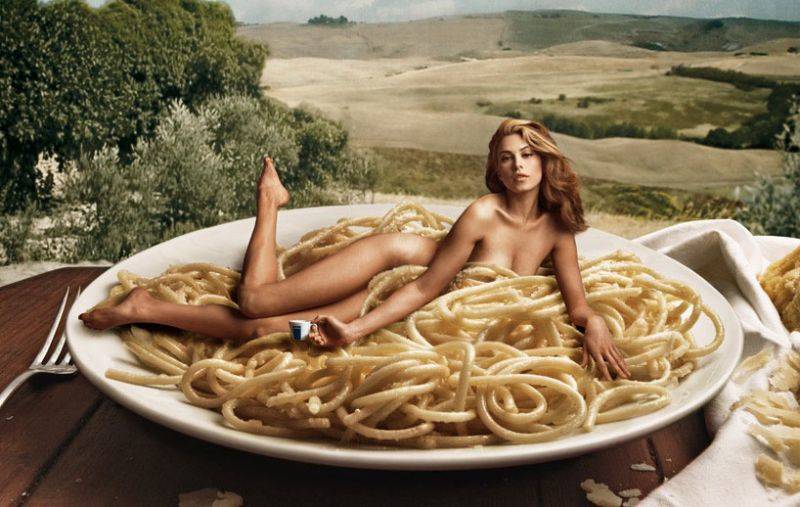
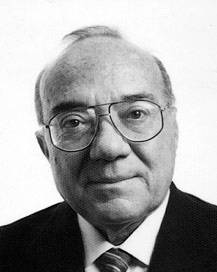
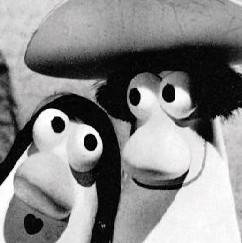
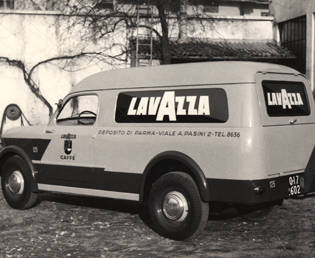

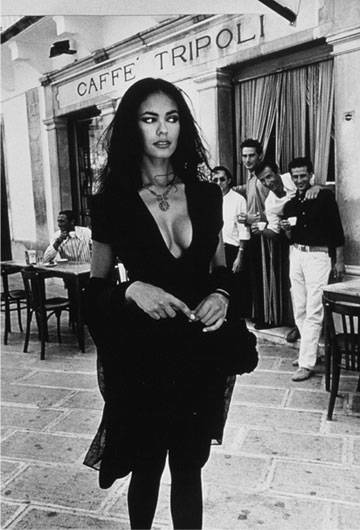
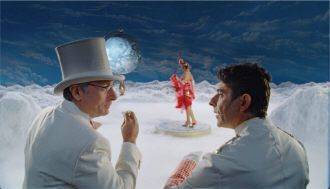







i-Italy
Facebook
Google+
This work may not be reproduced, in whole or in part, without prior written permission.
Questo lavoro non può essere riprodotto, in tutto o in parte, senza permesso scritto.